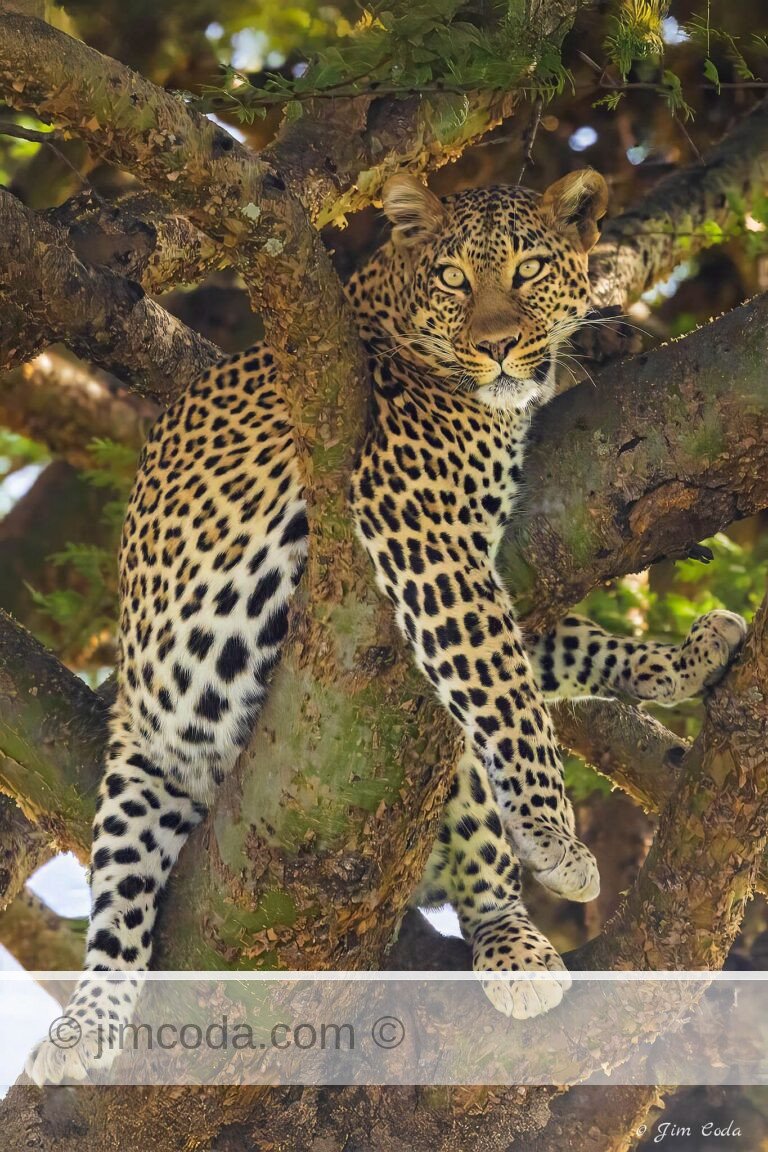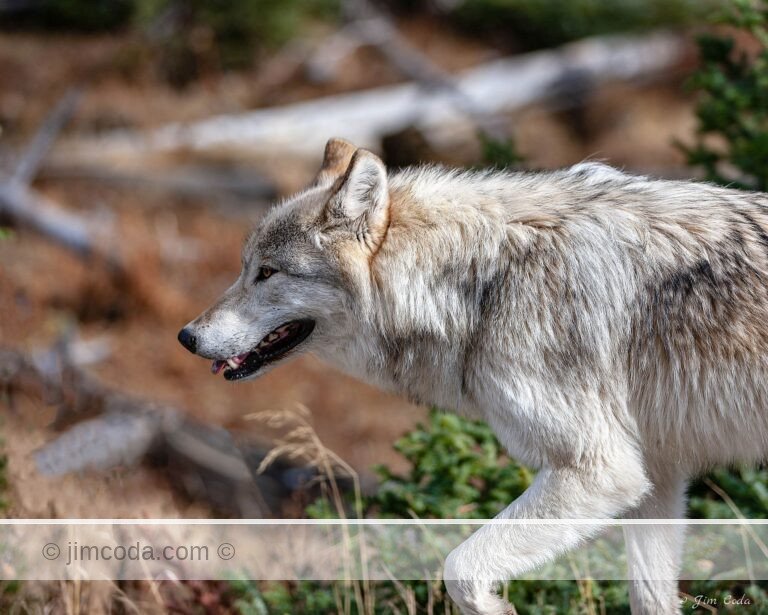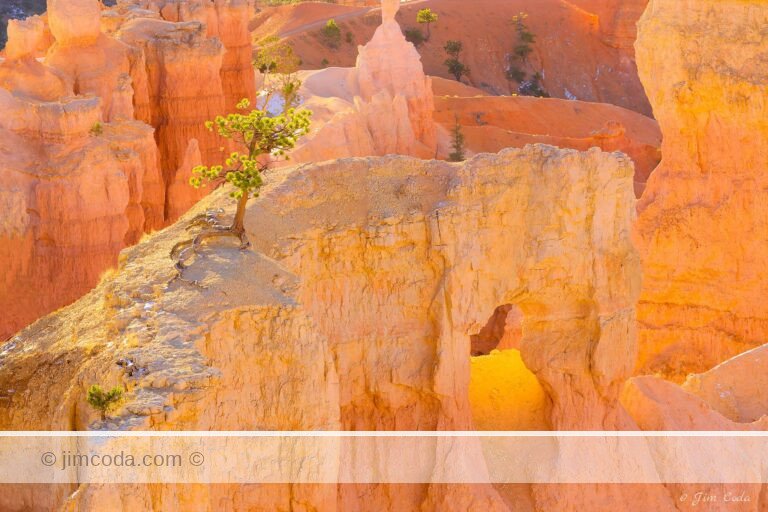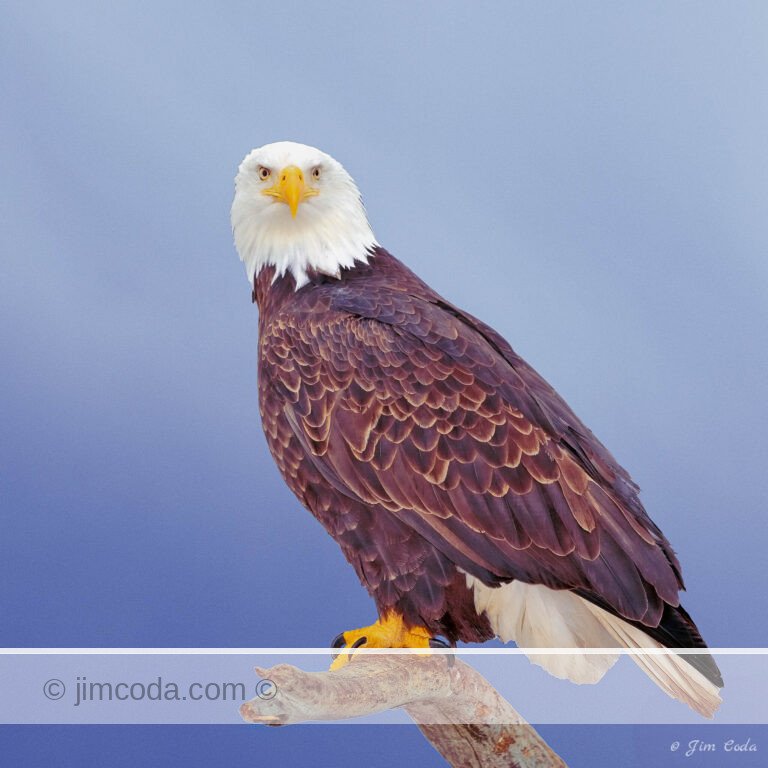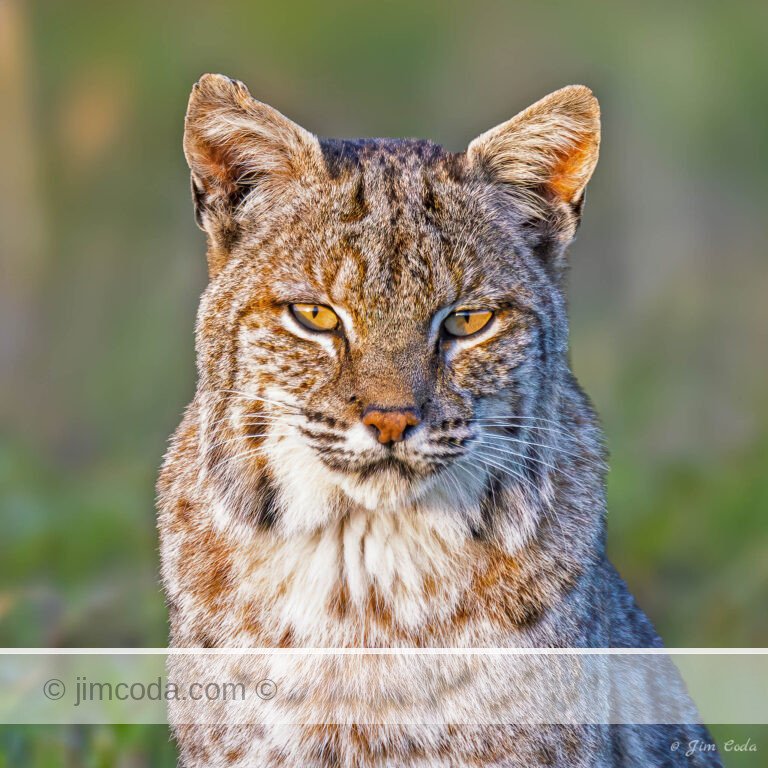Category: Rocky Mountain Elk
Here’s another elk calf too young to keep up with its mom. It’s better hidden than the last...
An elk calf looks at the camera.
My favorite time of year to be in Yellowstone is now. To be more specific,...
Newborn Elk Calf along the Madison River
I apologize to those who have followed my blog for not having...
“Nervous Nellie”
As I was driving from Mammoth to Tower shortly after sunrise one morning...
Dominant Bull
This is the largest bull elk I saw this fall in Yellowstone. He and his harem were located...
Here I Am.
This bull and his small harem were on the far side of the Madison River near the Madison campground...
Cow Elk in Gardner River; “Come on. Follow Mama.”
This cow was part of a harem of about...
No articles found
Load More Articles
Loading...
Prints for sale
Browse my selection of photos for sale as fine art prints
Filter by category
Sorry, no prints in this category

